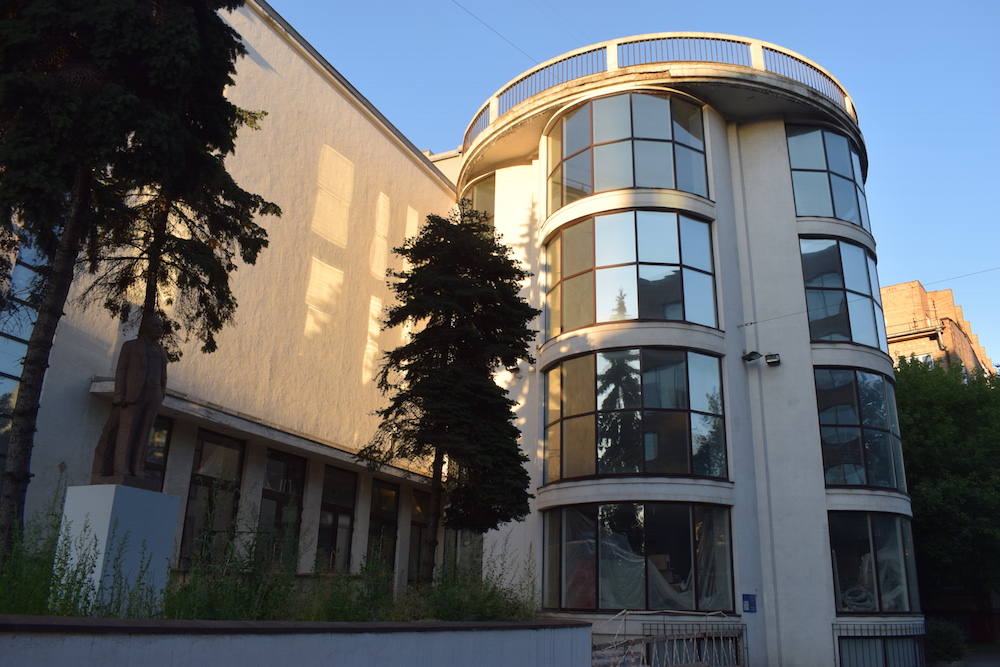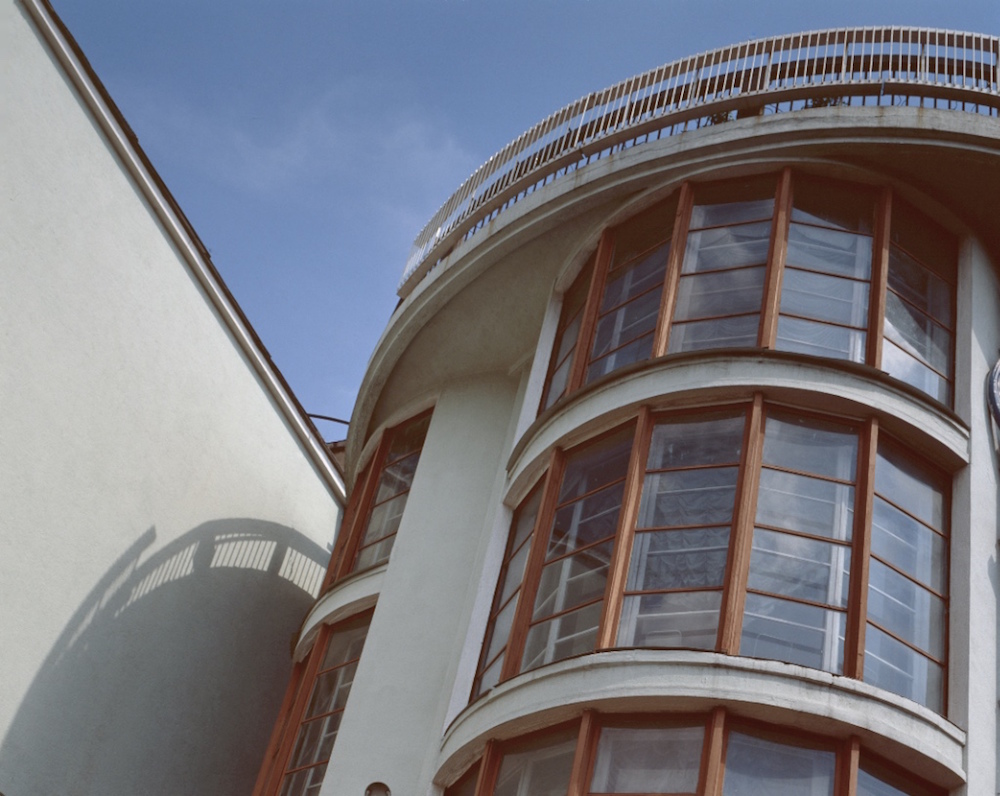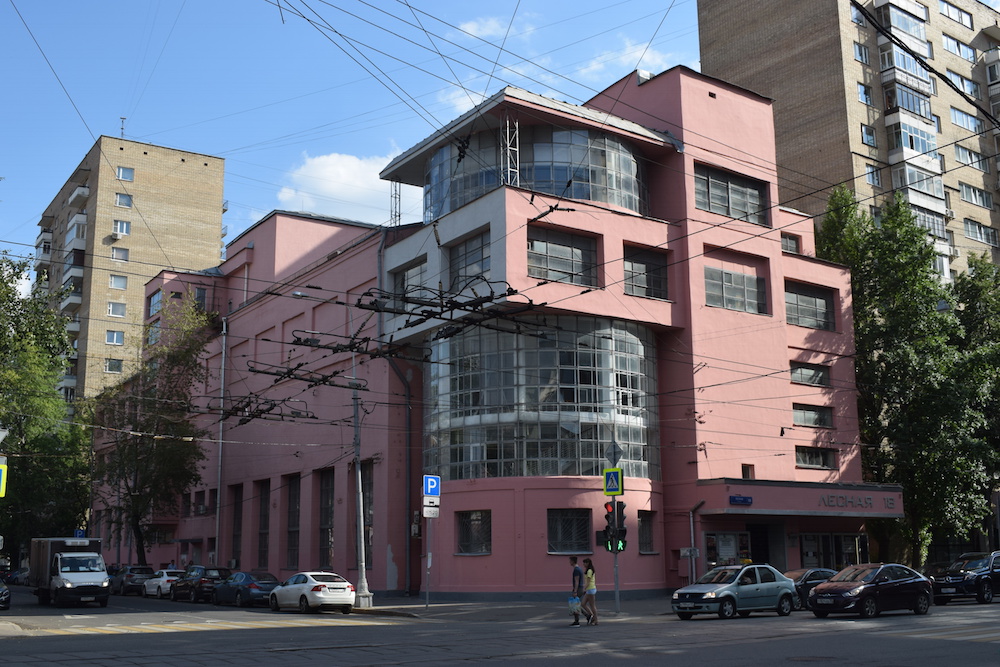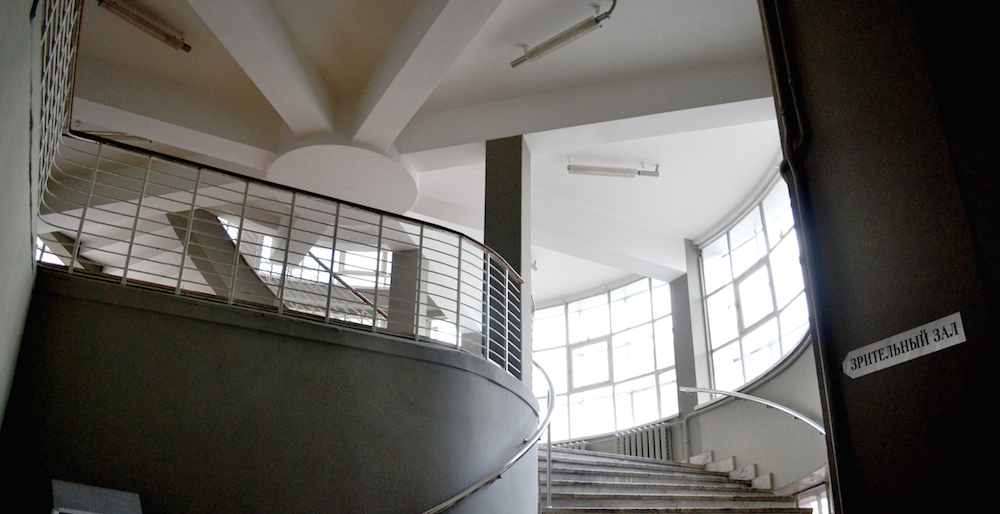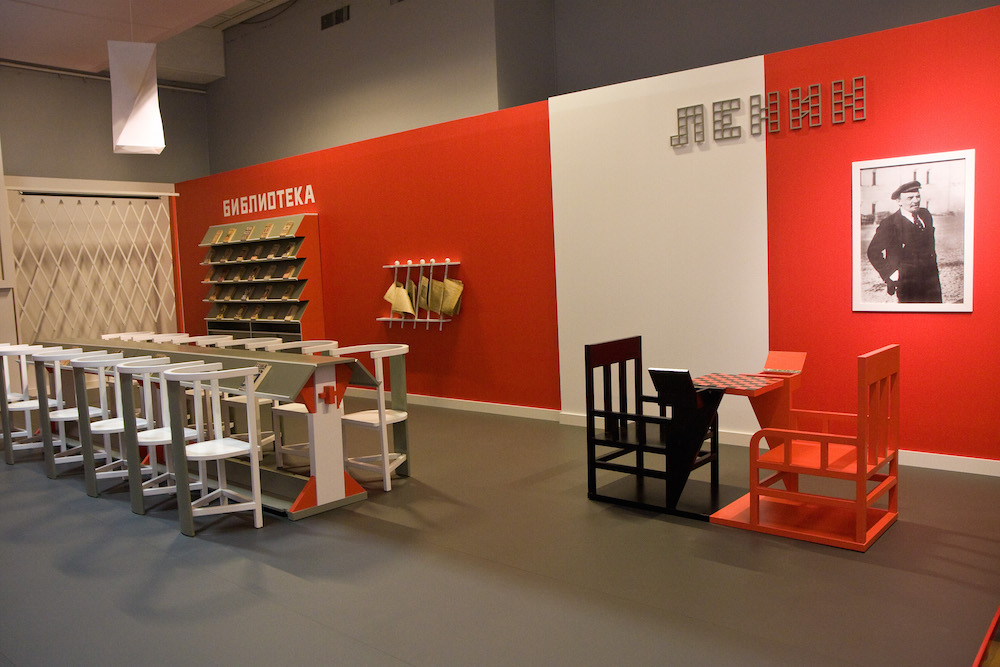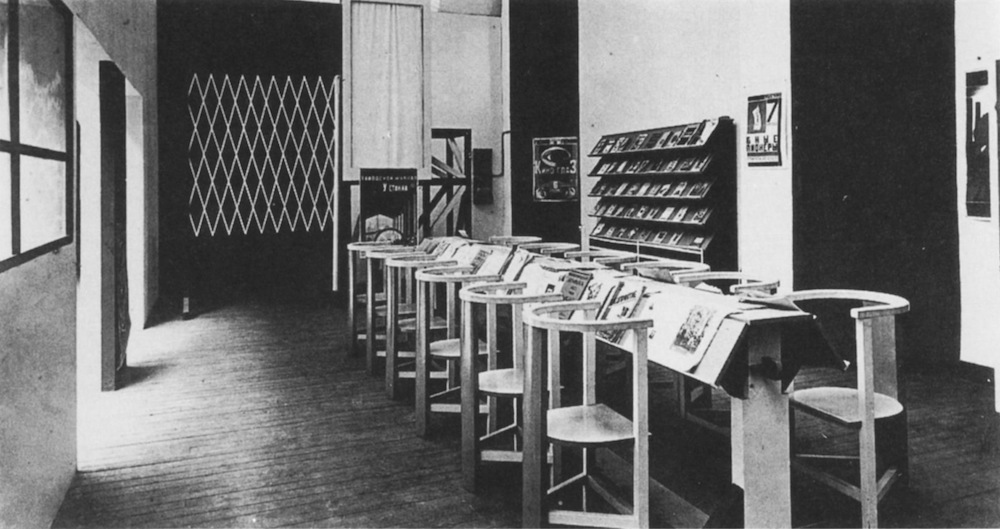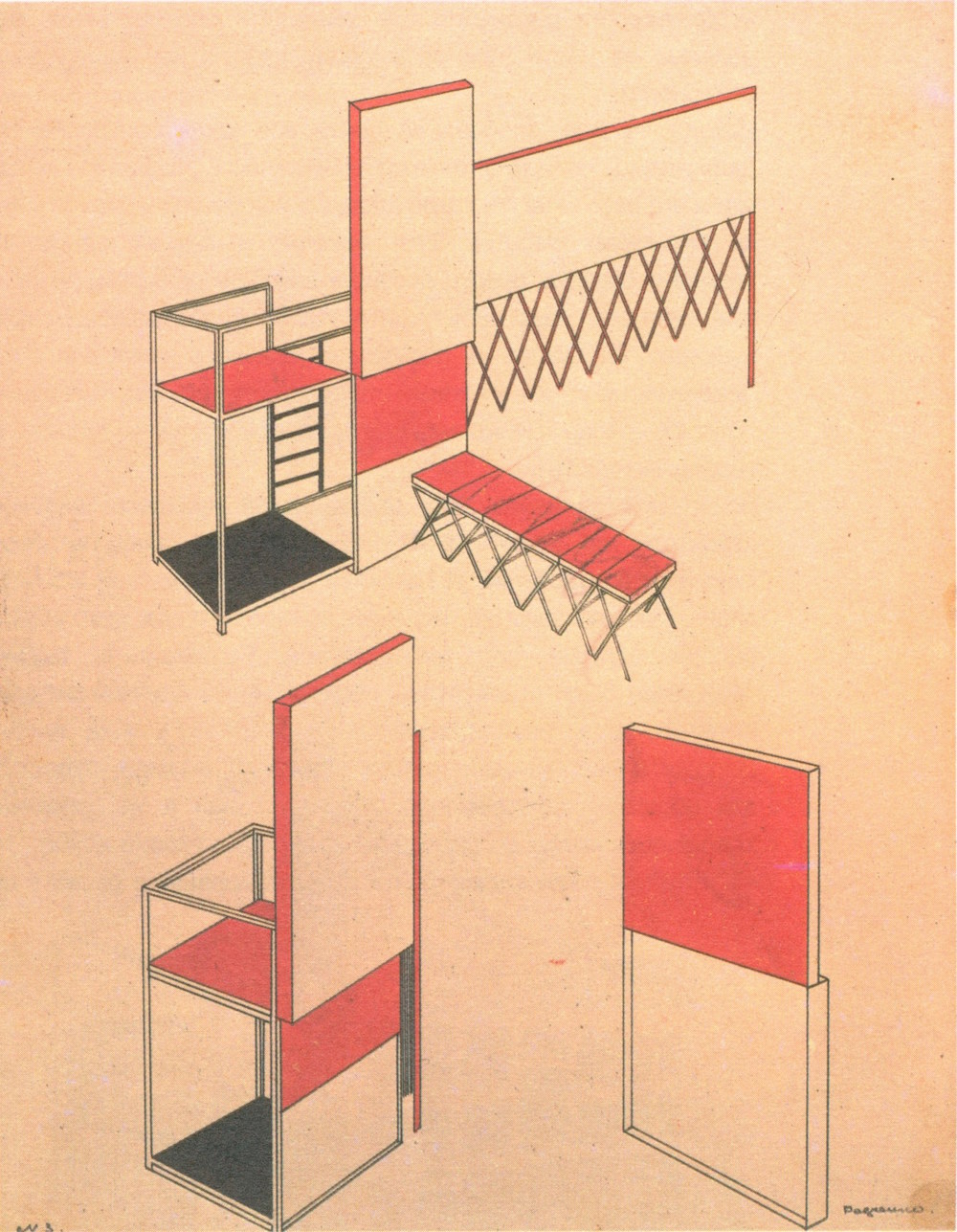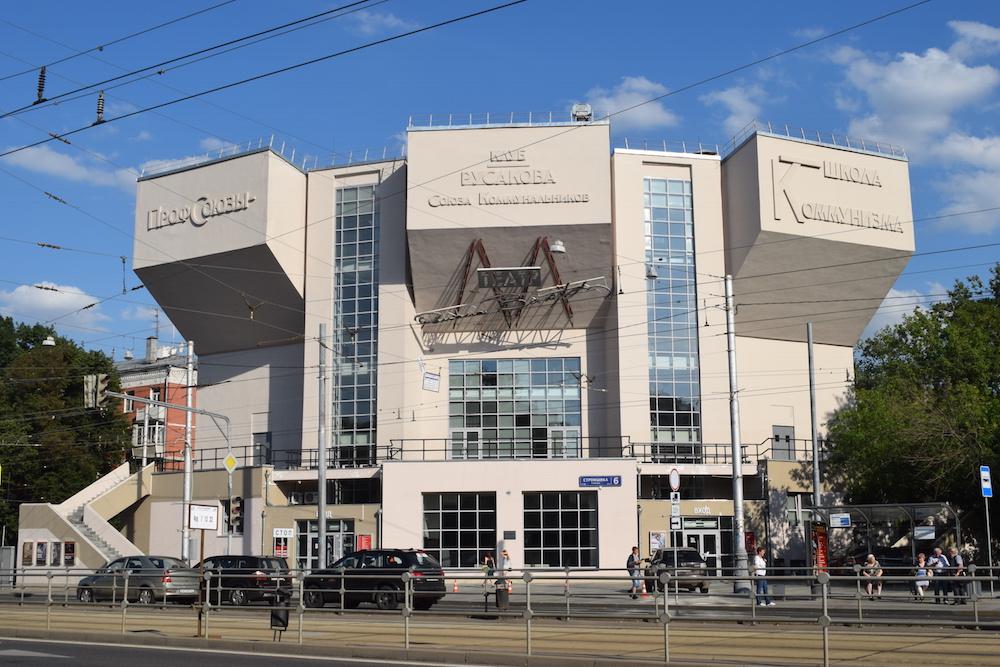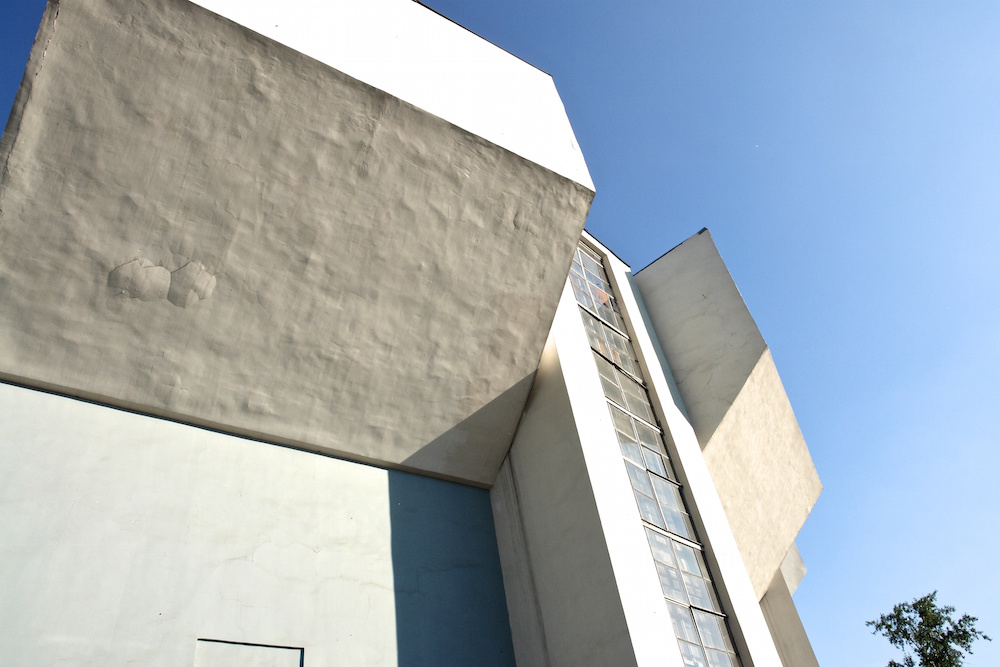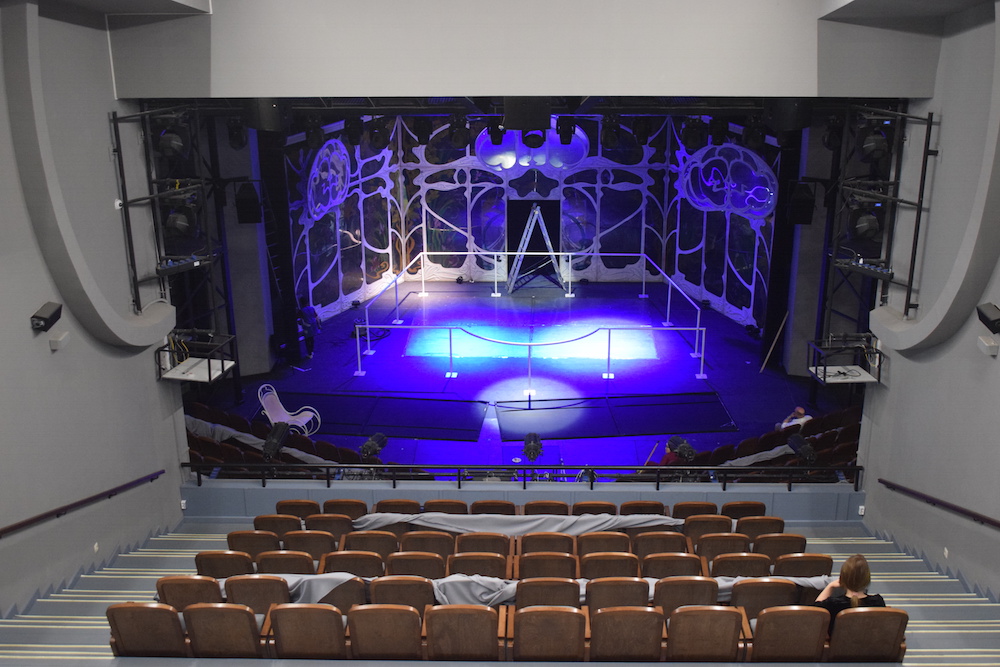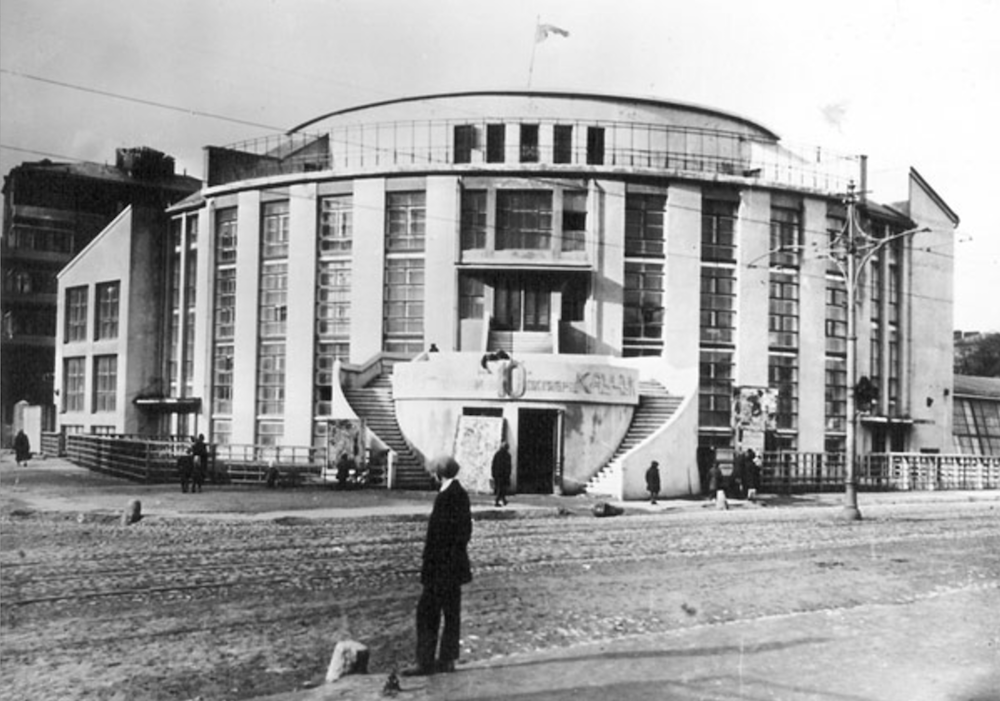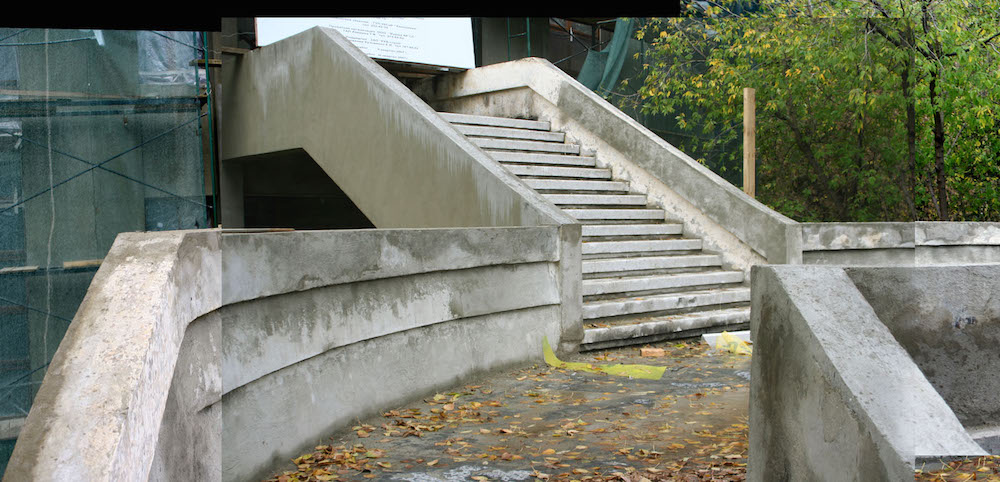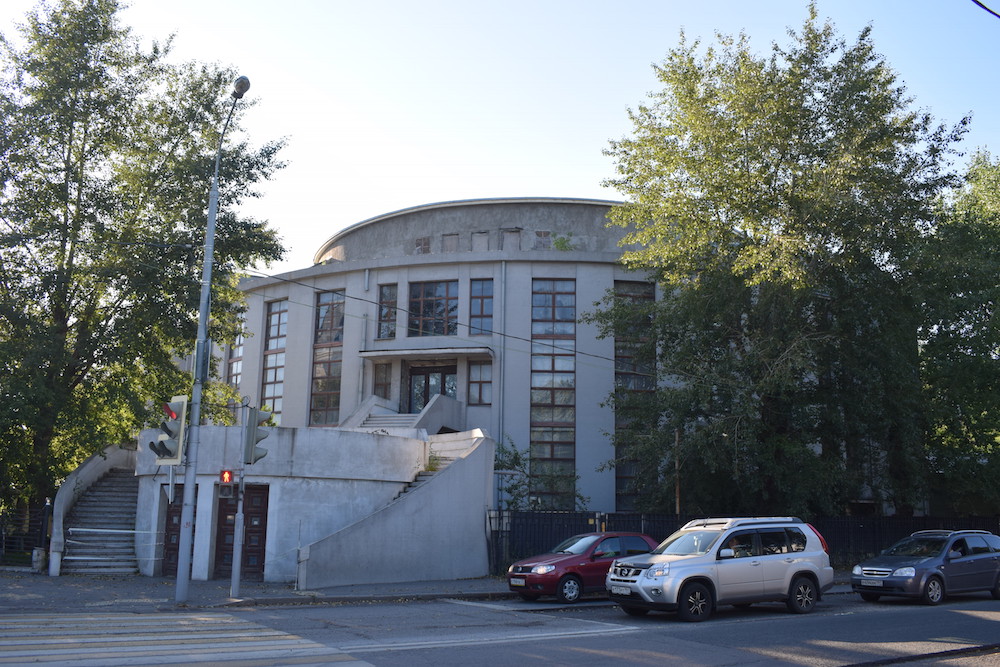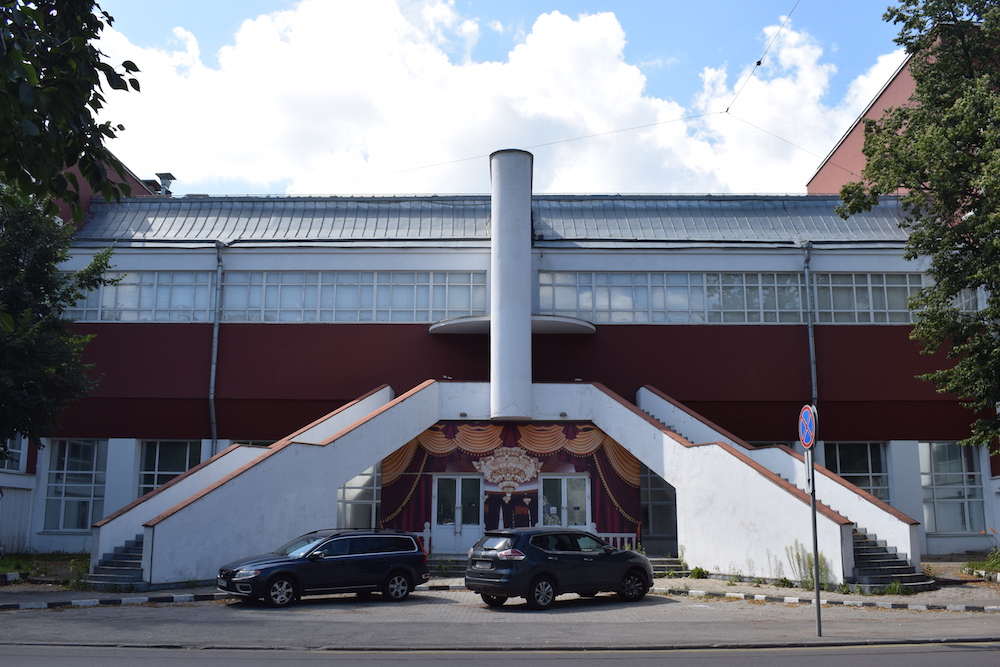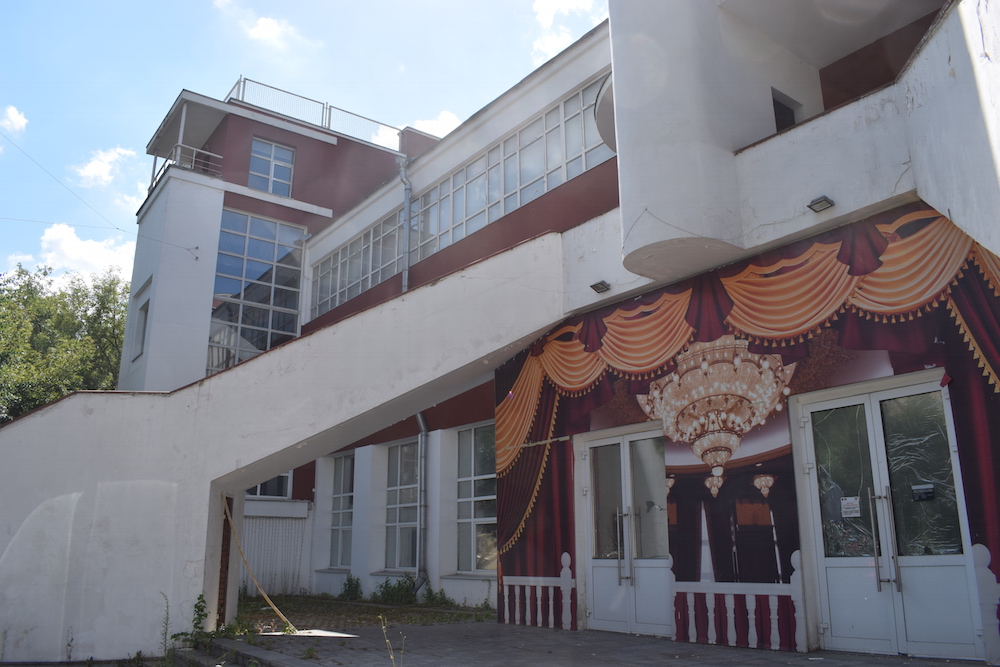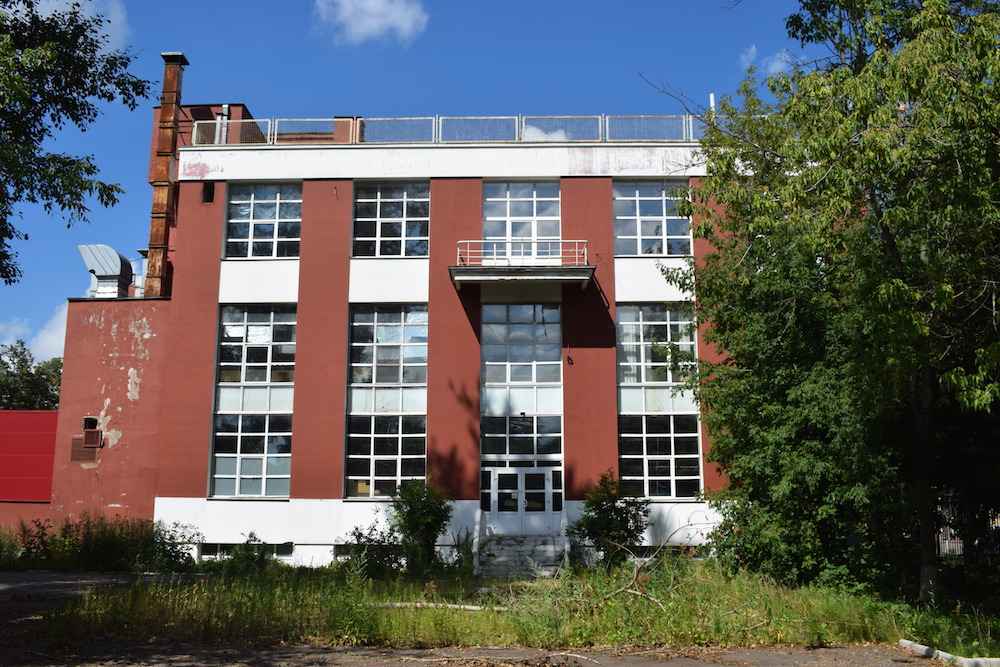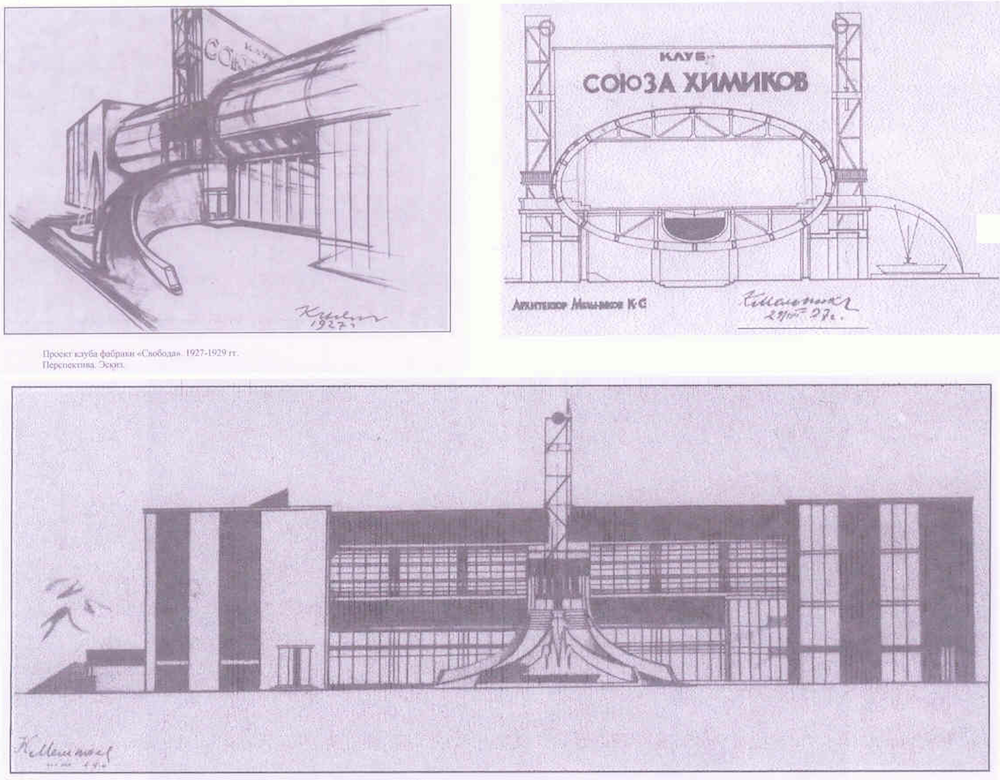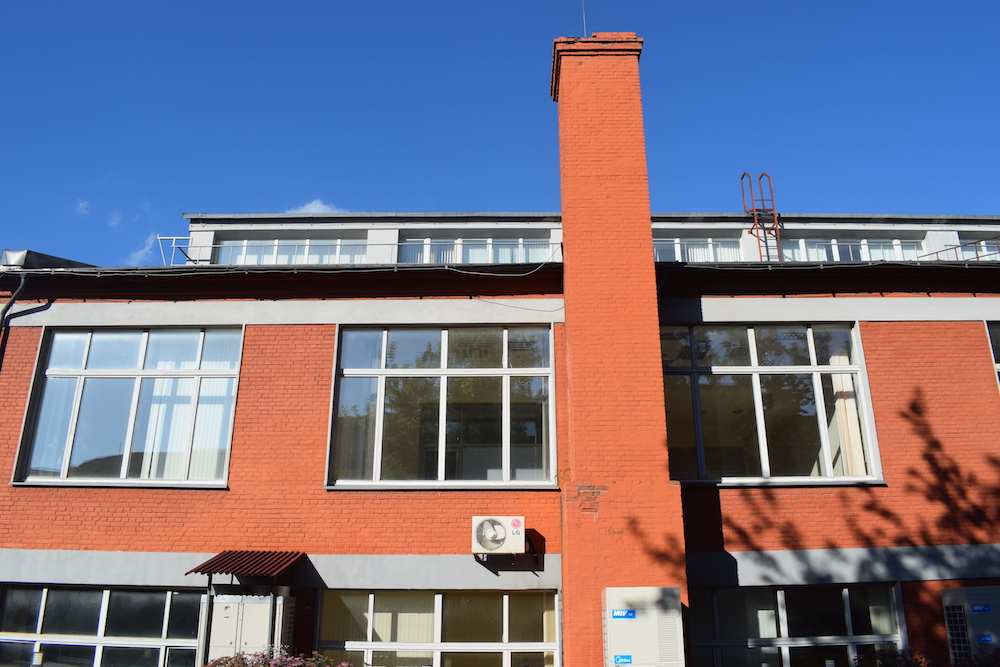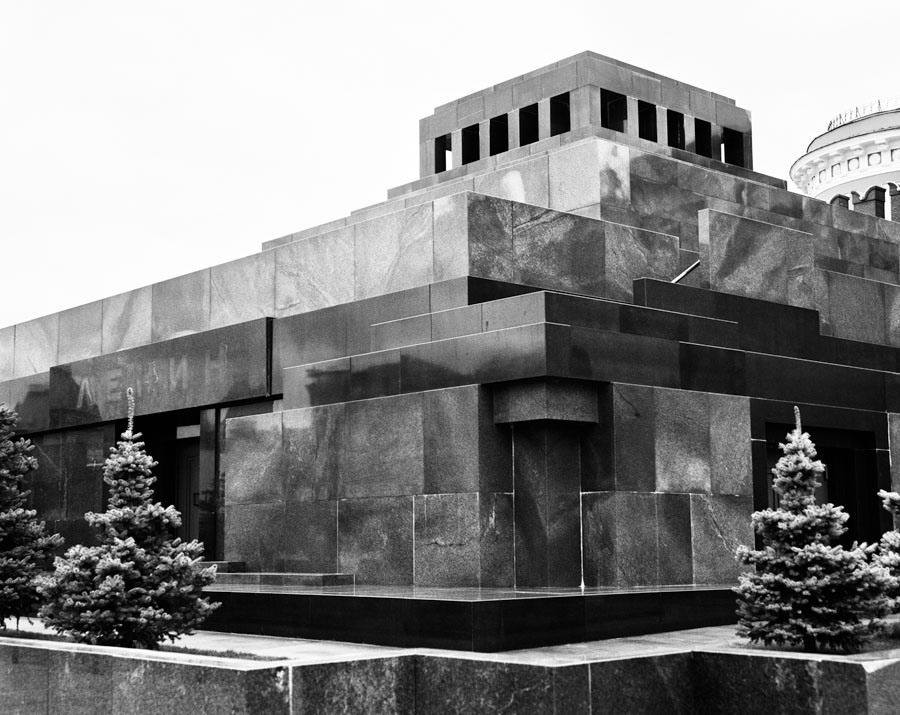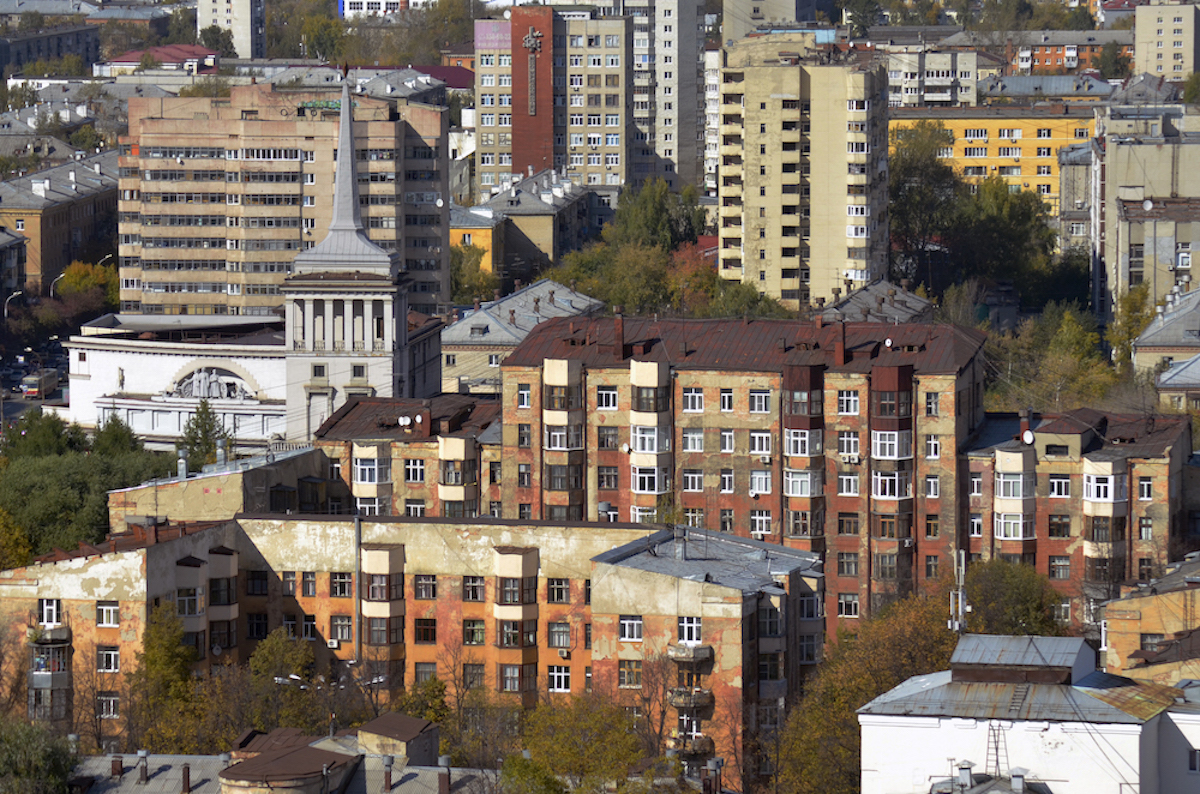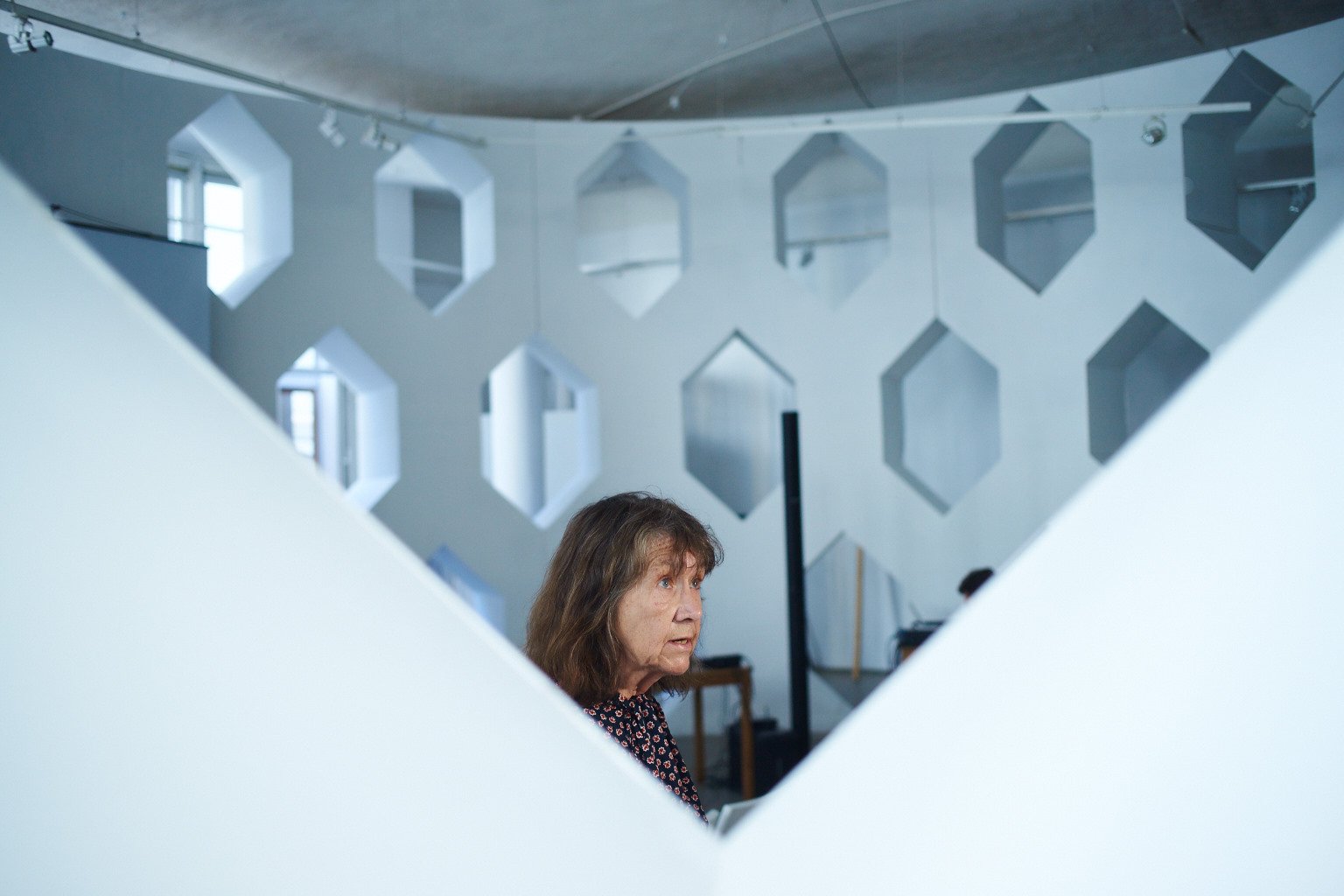Welcome to the club: how Soviet avant-garde architects reimagined labour and leisure
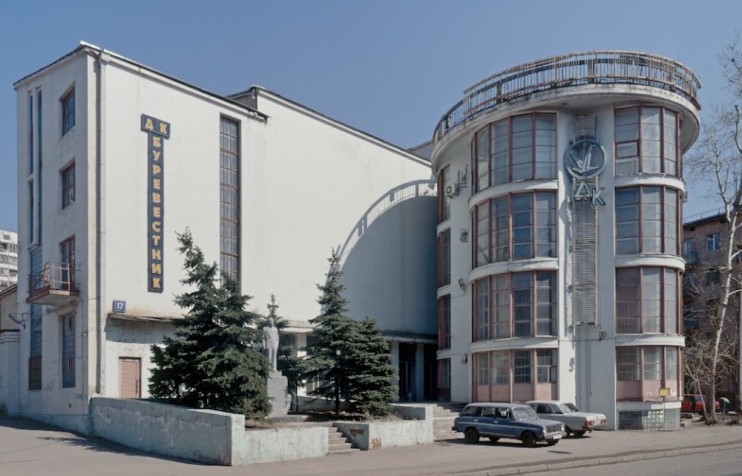
In the 1920s and 30s, Soviet architects created a range of stunning, modernist workers’ clubs, designed as centres of relaxation and education for revolutionary citizens. Now those that survive stand as a memento of a utopia abandoned
The Burevestnik Workers’ Club’s open glass façade is a reminder of a revolution unrealised. Its bold, cylindrical outer face and uncompromising shapes are almost as dramatic as the period they reflect.
The building is one of several structures which embody early Soviet attempts to construct a truly authentic proletarian culture. These workers’ clubs were complex, multi-purpose entities designed to disseminate Bolshevik propaganda, provide public entertainment and even daycare facilities for working parents. They were also pragmatic by nature, functioning as a living room away from home for families in cramped social housing. Nadezhda Krupskaya, head of the Main Political Enlightenment Commission (and Lenin’s wife) suggested that the clubs should be quiet places for “comradely conversation”.
Today, the pink colouring and angular design of Ilya Golosov’s 1928 Zuev Club on Moscow’s Lesnaya Street looks like anything other than a quiet space for contemplation. But this disjuncture is merely evidence of the way the radical experimentation of the late 1920s left the door open to a wide array of conflicting visions for the clubs’ role in Soviet society.
Some were more radical than Krupskaya. Constructivist painter and designer El Lissitzky argued that the Church and the Palace represented “the power sources of the old order”, and that “new power sources which belong to our new order” needed to be established. Lissitzky saw the clubs as nothing short of “workshops for the transformation of man”.
As Russia continues its current transition, public space is being closed off and privatised at an alarming rate. Now, just a handful remain standing, two of which still hold regular public events; others are privately owned, while the rest have fallen into a state of disrepair. Regardless of their condition, they are an echo of a time when civic-mindedness and community building were regarded as virtues in Russian society.
The cooptation of religious symbolism reinforced the duality of workers’ clubs as a place for both self-reflection and collective activities
The early experiments in workers’ club formation emerged immediately after the Soviet regime came to power. Often, these experiments were conducted by local political organisations in any structures they could get their hands on, including churches, private houses and even sheds. Adapting these inadequate buildings to the requirements of the emergent proletarian culture was one of the first major challenges facing Soviet architects during those tumultuous years.
Following severe post-First World War destruction, workers’ clubs were originally intended to compensate for the discomfort and overcrowding that labourers suffered as a result of chronic housing shortages. This pragmatic goal also complemented the theories of people like Krupskaya, who argued that culture would no longer be confined to the home, but would have to be developed outside it in collective centres. Home was to become merely a place for rest, hence the ubiquitous term “sleeping districts” for Russia’s suburbs.
But this brought with it an architectural challenge: the role of the club as a public living room, as defined by Krupskaya on the one hand, and as a “school of communism,” as defined by her husband, Lenin, on the other, required a variety of different spaces within a single structure, both for quiet recreation and for mass assemblies and ideological tasks. The death of Vladimir Lenin in January 1924 only served to heighten this conflict. The structures would now also have to incorporate more sombre elements dedicated to memorialising the father of the revolution.
Perhaps the most famous example of a workers’ club — but one which was never actually constructed — Alexander Rodchenko’s interior design for a club created for the Paris Art Décoratif Exhibition in 1925, exemplified this shift by featuring Lenin’s portrait in the so-called “red corner”, a space traditionally designated for icons in a Russian dwelling. This cooptation of religious symbolism reinforced the duality of workers’ clubs as a place for both self-reflection and collective activities. But the latter tendency soon began to win out.
Unlike housing projects, whose forms are largely determined by their practical function, the workers’ clubs were practically uninhibited experiments
As trade unions grew in influence, workers’ clubs increasingly centred themselves around the idea of member participation, with theatre taking on a more prominent role. This change in imperatives meant providing rehearsal rooms, modifying the capacity of the hall according to the size of the audience, and experimenting with avant-garde stage design.
Trade unions exerted a profound influence over society and by the mid-1920s, these organisations controlled practically the entire workforce. The unions not only managed workers across economic sectors, they also influenced other aspects of their members’ lives, from recreational activities to political indoctrination. More crucially, the unions became a major client in the commissioning and occupation of new workers’ clubs.
The result was rapid construction, with over 100 new clubs built in Moscow between 1929 and 1936. The unions not only provided the political backing to get the projects off the ground, they also exerted influence over the nature of the projects themselves. Union diversity meant applying a wide range of architectural solutions to common problems. The clubs built during this period include some of the best-known buildings, such as Konstantin Melnikov’s projects.
Melnikov came to define the movement, and his clubs experimented with the use of space. He was the first to find a design solution that would adapt to the new functions and social needs of the workers’ clubs. His well-known Rusakov Workers’ Club (1929), for example, is equipped with moving partitions to delimit smaller or larger spaces depending on the event being hosted. The auditorium could be transformed to cater for 350, 775, 1,000 or 1,200 people.
The decline of the clubs today is perhaps a result of their role as a symbol of a new type of society
Rather than focus on a single fixed hall, Melnikov’s work often relied on a flexible system of different halls that could be united into a single, large space when necessary. Another common feature of his clubs — their striking use of exterior stairs — resulted from 1920s building codes requiring wide, internal staircases for fire evacuations. In order to save space inside his structures, Melnikov connected the main halls to exterior galleries, which were not regulated by the codes. His Kauchuk Club (1927) offers the boldest example of this element today, although sadly the building is in need of extensive repairs.
The decline of the clubs today is perhaps a result of their role as a symbol of a new type of society. Unlike housing projects, whose forms are largely determined by their practical function, the workers’ clubs were practically uninhibited experiments. Ultimately, the projects reflected the application of Marxist ideology to architectural design. As society began to re-embrace traditional units of organisation from the mid-1930s onward, these creative spaces became less relevant.
It’s no surprise then, that the ideas embodied in the early workers’ clubs struggle to find function outside of their specific historical context. In today’s Russia, the majority of these clubs are abandoned, while others, such as Melnikov’s Dorhimzavod, have survived by taking on humble roles in the open market — for instance, as furniture stores.
This is unfortunate. Buildings such as the Burevestnik Club continue to embody a radical agenda for community-empowering public space. As the Russian state turns its back on civic participation, the workers’ clubs stand defiant against the seemingly monolithic inevitability of the present, offering a bold alternative.
